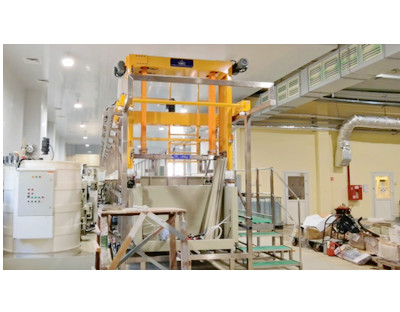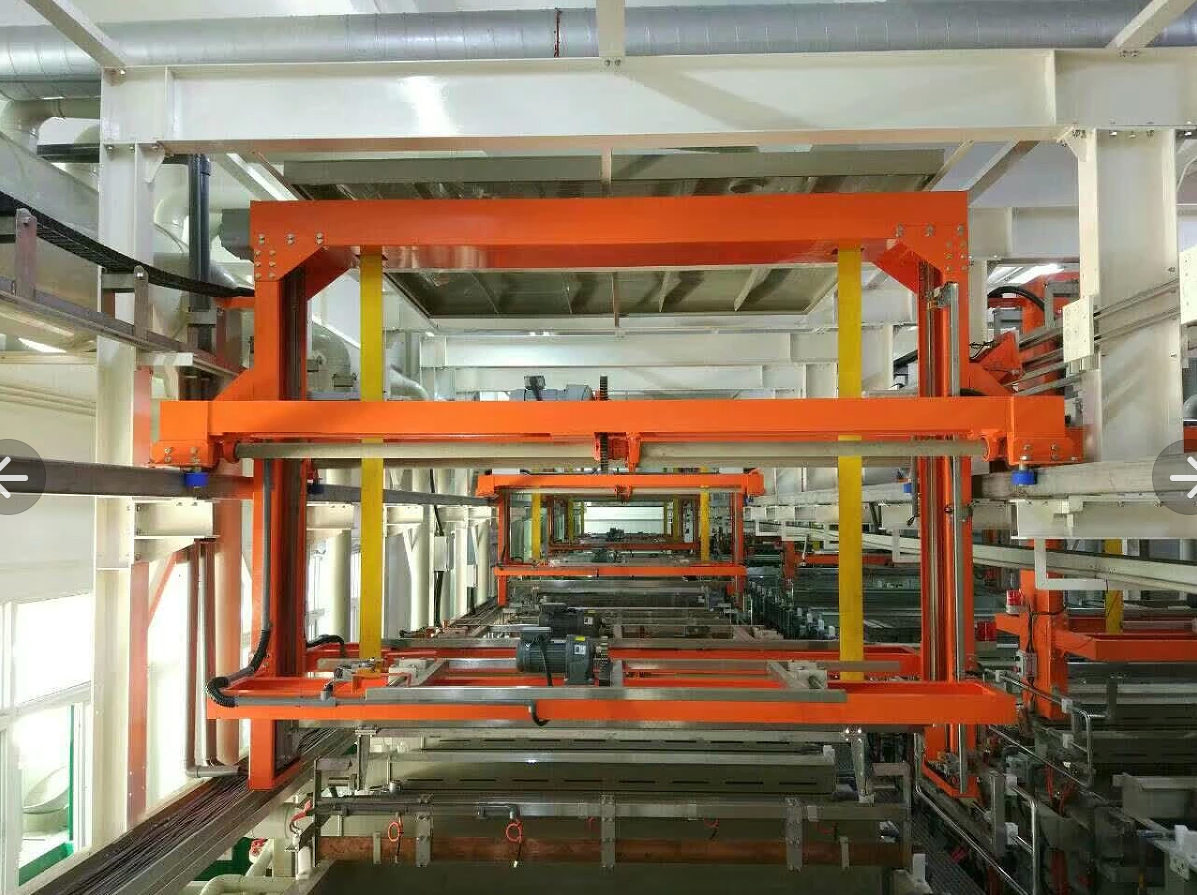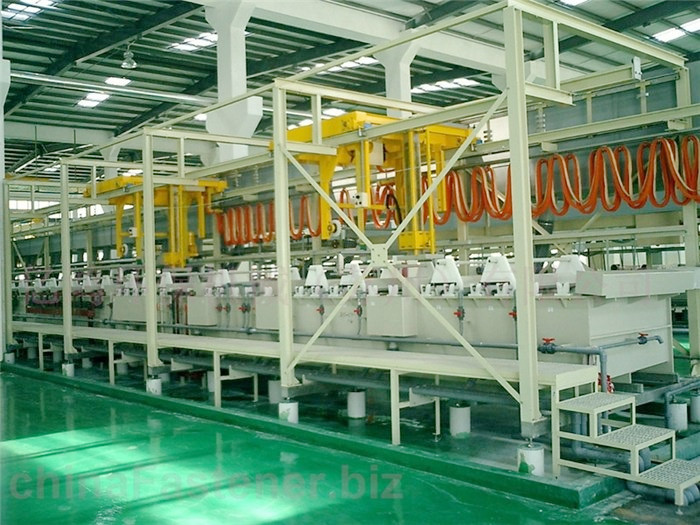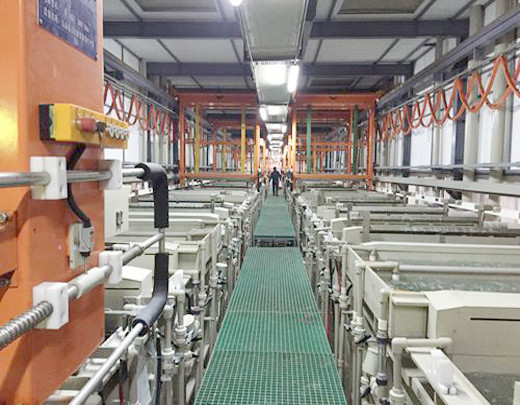The oxidation treatment of metals is the formation of a protective oxide film on the metal surface by reacting with oxygen or oxidants to prevent metal corrosion. The oxidation methods include thermal oxidation, alkaline oxidation, acidic oxidation (for ferrous metals), chemical oxidation, anodic oxidation (for non-ferrous metals), etc. It is now described as follows:
1.The thermal oxidation method heats metal products to 600 ℃~650 ℃, and then treats them with hot steam and reducing agent. Another method is to immerse metal products in molten alkali metal salts at about 300 ℃ for treatment.
2.During alkaline oxidation treatment, the parts are immersed in a prepared solution and heated to 135 ℃~155 ℃. The duration of the treatment depends on the carbon content in the parts. After oxidation treatment, the metal parts are rinsed with soap water with a content of 15g/L to 20g/L at 60 ℃ to 80 ℃ for 2 to 5 minutes. Then, they are washed clean with cold water and hot water, blown dry or dried for 5 to 10 minutes (at a temperature of 80 ℃ to 90 ℃).
3.Dongguan Vacuum Electroplating Processing Factory introduces that the acidic oxidation method involves treating parts in an acidic solution. Compared with alkaline oxidation method, acidic oxidation method is more economical. The protective film generated on the metal surface after treatment has a corrosion resistance and mechanical strength that exceeds the performance of the film generated after alkaline oxidation treatment, so it is widely used.
4.The chemical oxidation method is mainly applicable to the oxidation treatment of non-ferrous metals such as aluminum, copper, magnesium, and their alloys. The treatment method is to place the parts in a prepared solution, and after a certain temperature and time of oxidation reaction, a protective film is formed, which can be cleaned and dried.
5.Anodic oxidation method is another method of non-ferrous metal oxidation. It is the process of using metal parts as anodes and using electrolysis to form an oxide film on their surface. This type of oxide film can not only serve as a passivation film between metals and coatings, but also increase the bonding force between coatings and metals, reduce water penetration, and extend the service life of coatings. It is widely used in the bottom layer of coatings.







 Mar. 02, 2022
Mar. 02, 2022 





